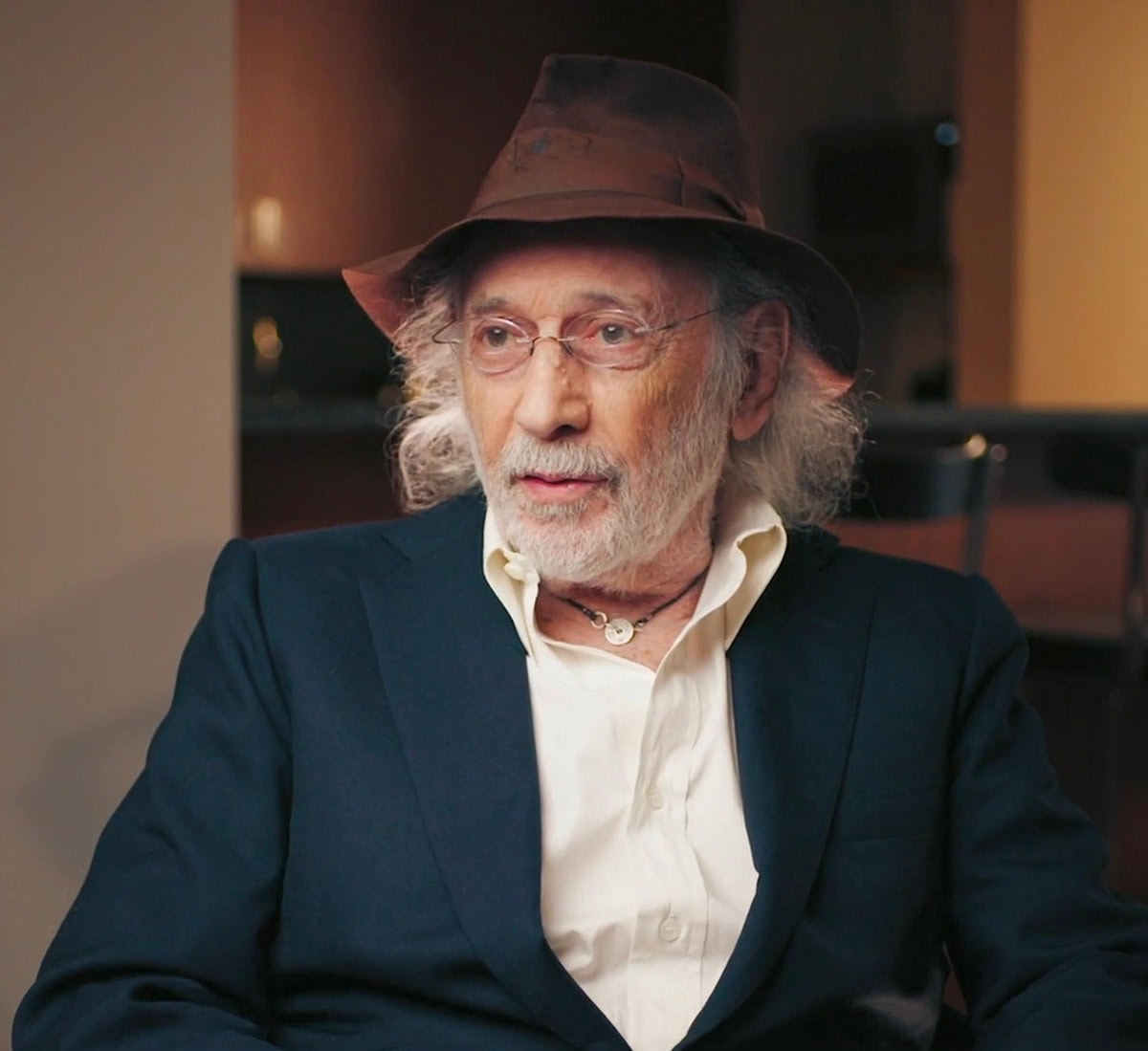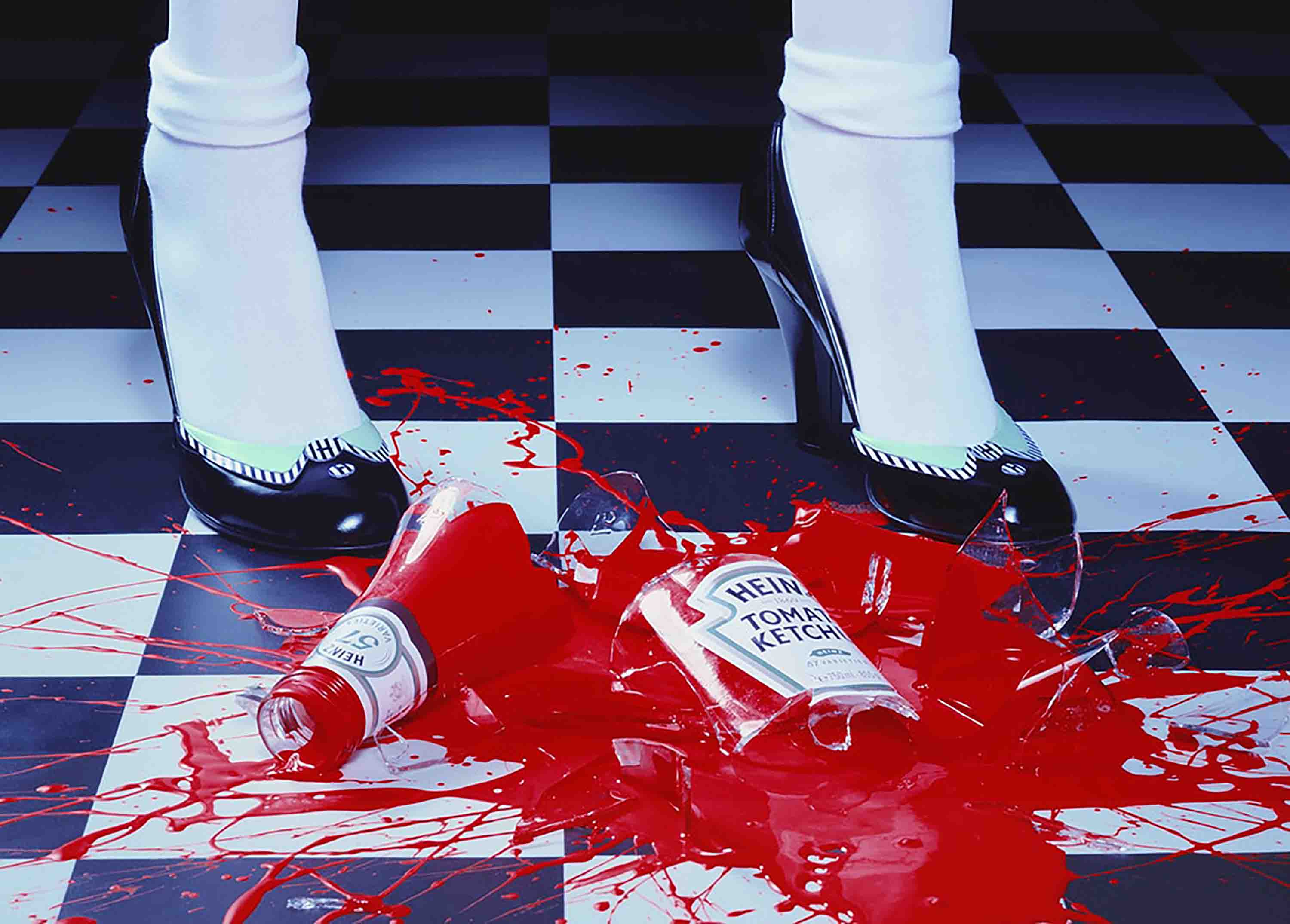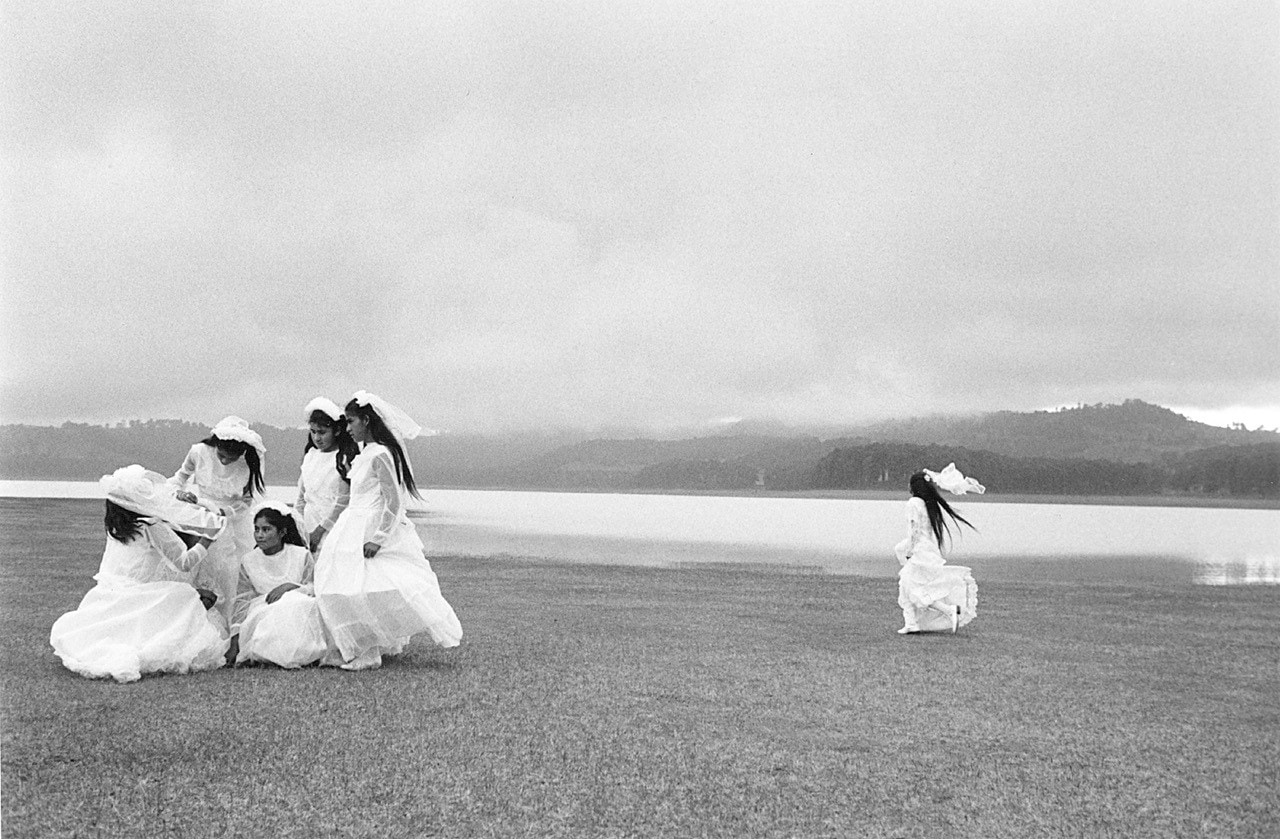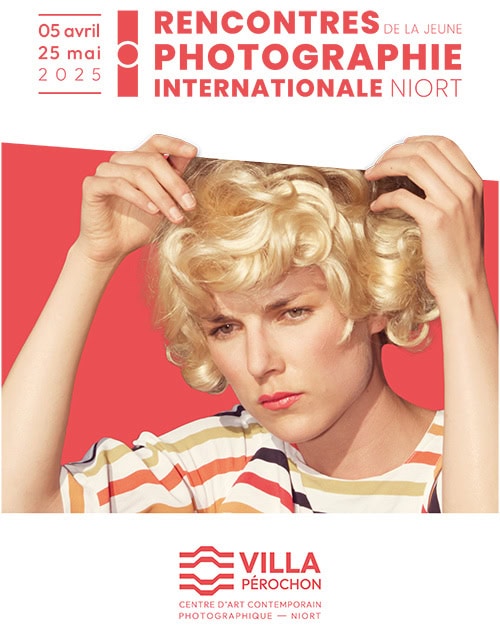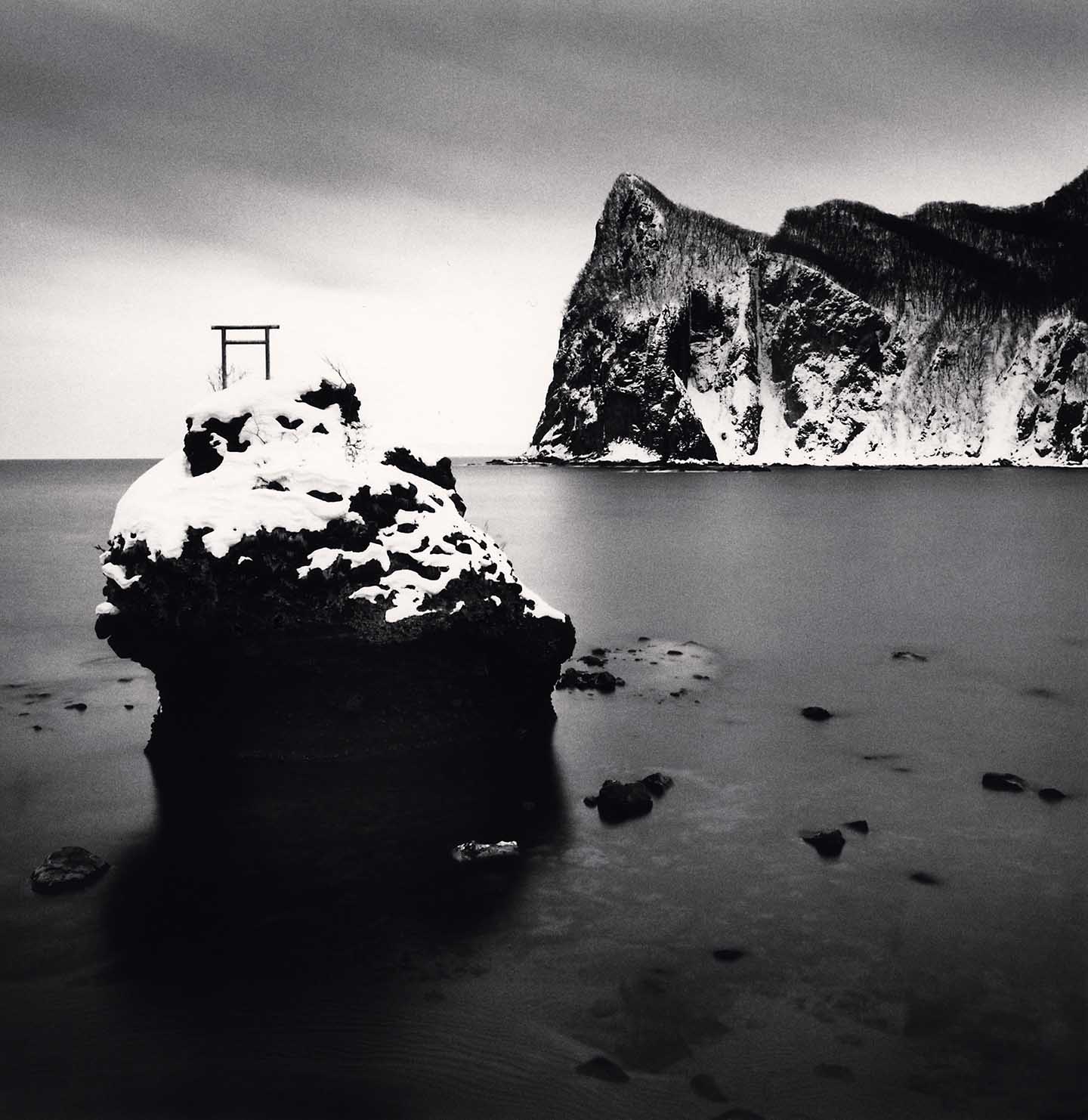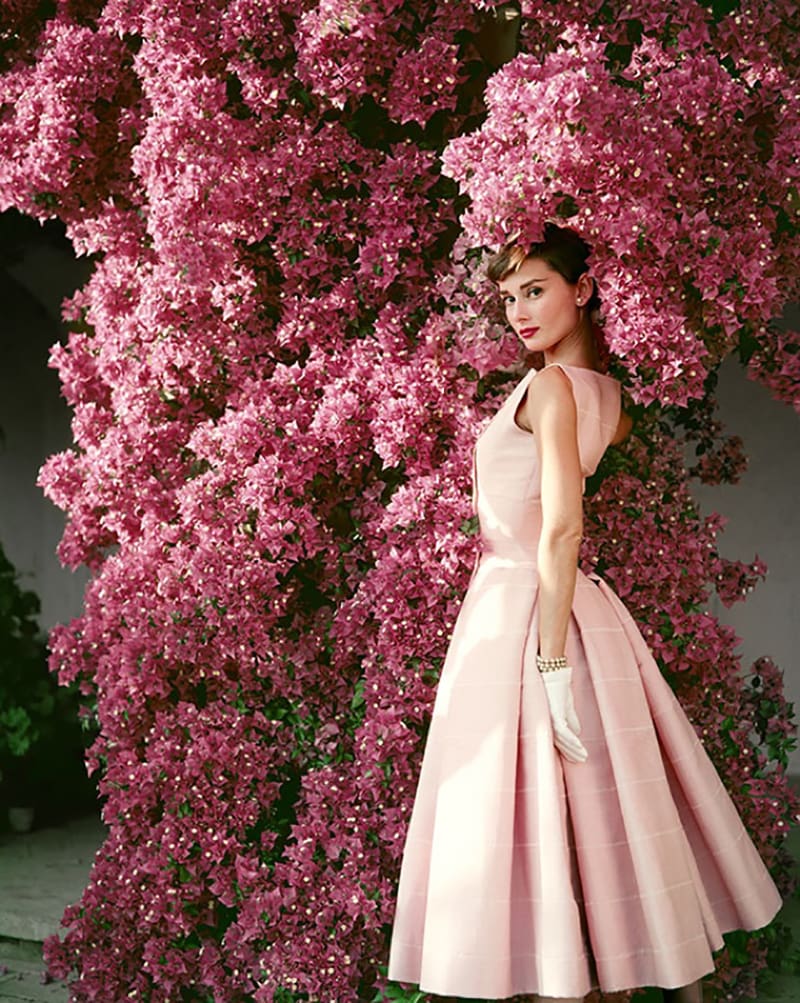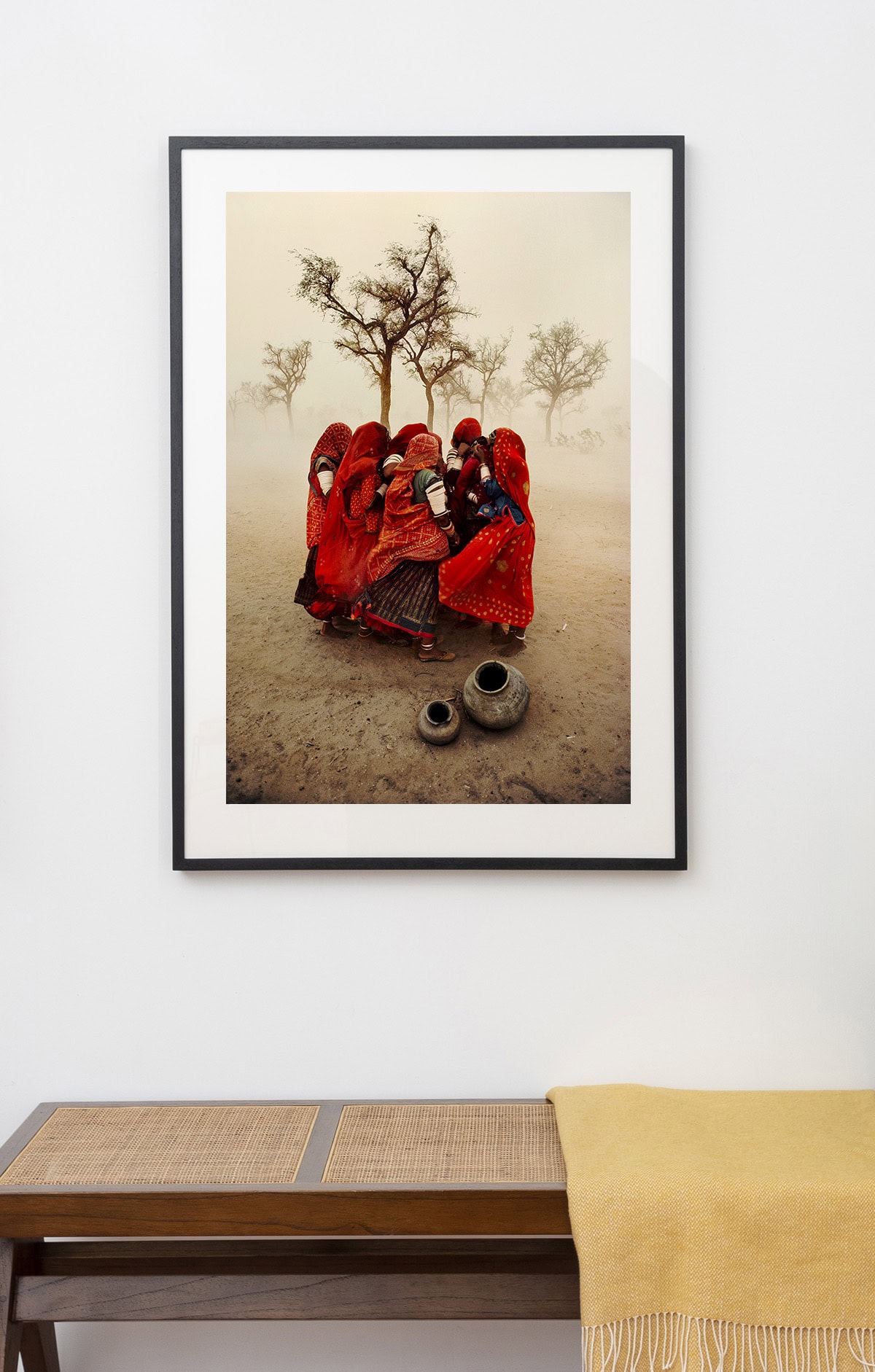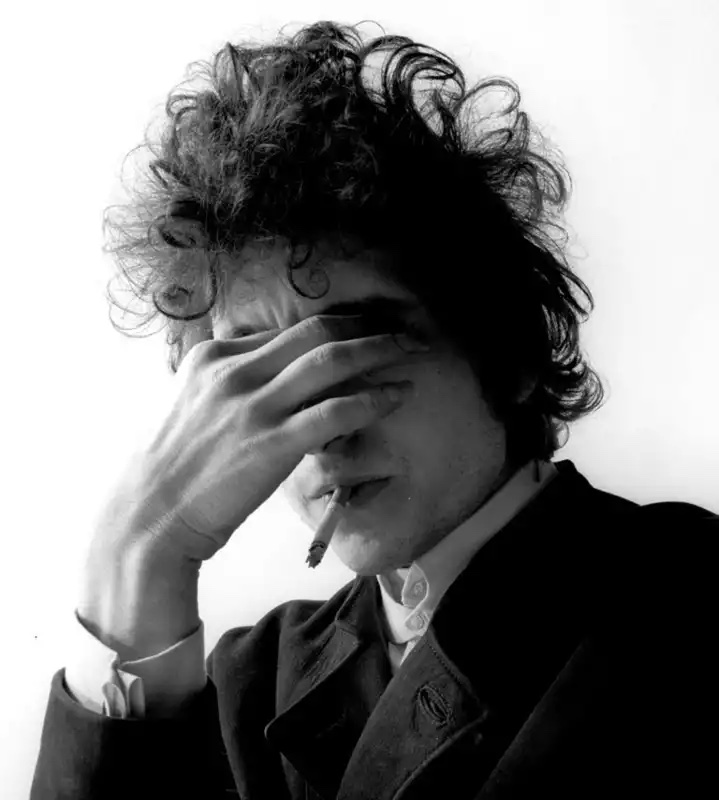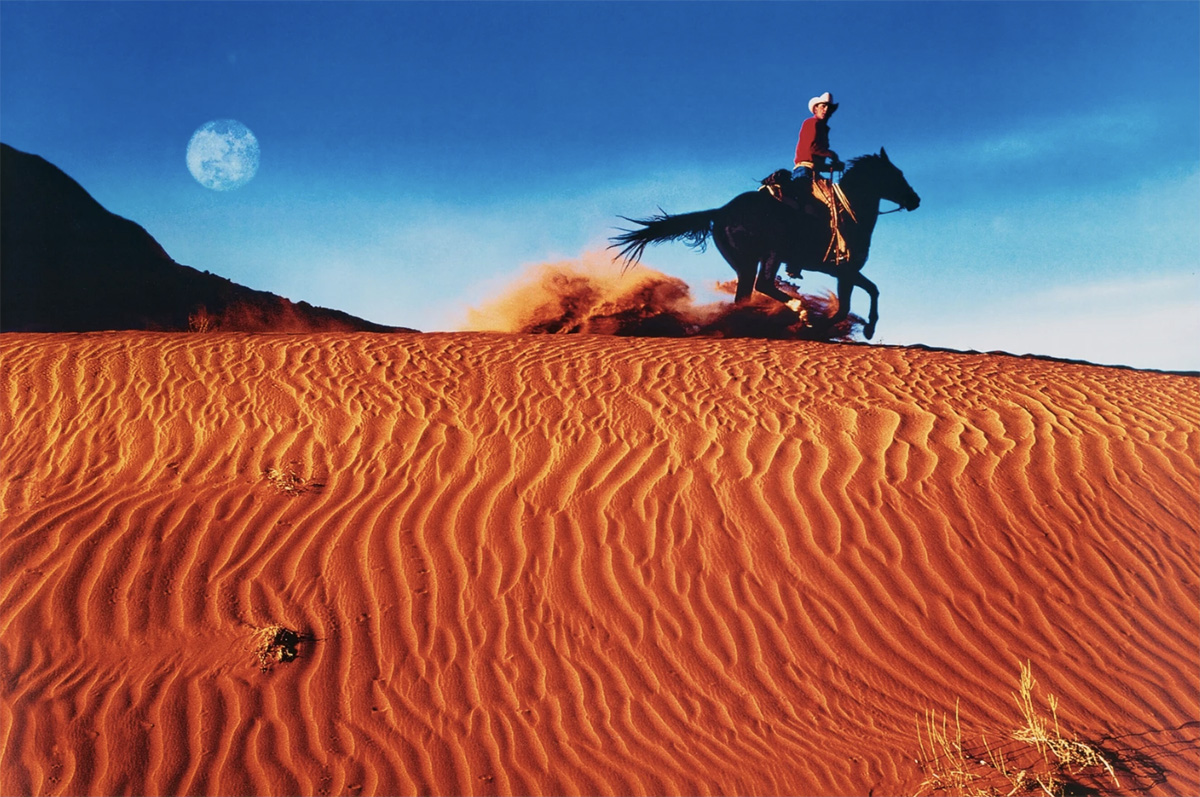What Makes a Print ‘Vintage’ and are They Always More Valuable?
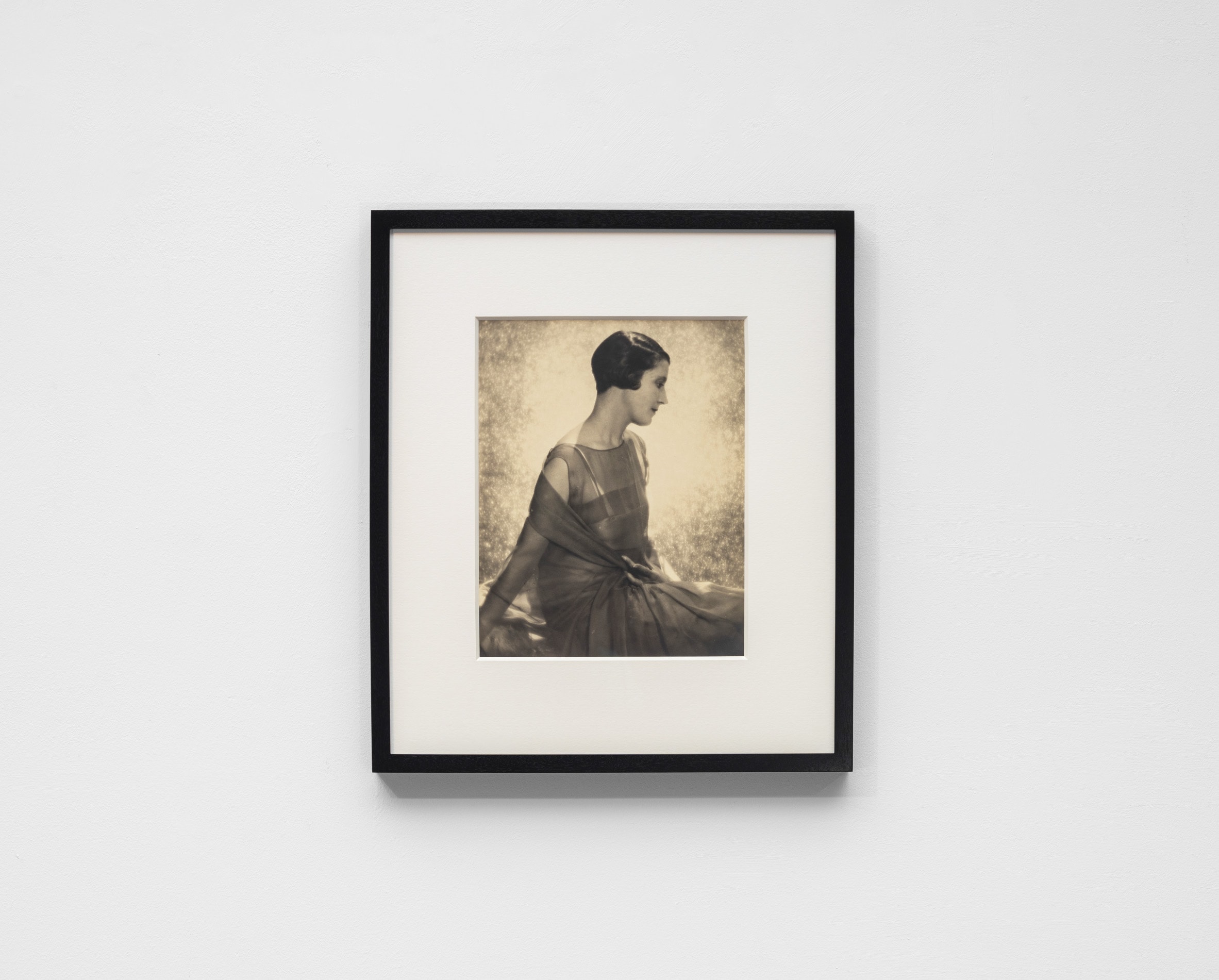
In the photography market, the term ‘vintage’ generally refers to a print that was made within a few years of the exposure to the negative. While the exact definition of the term can vary, it is widely understood to mean that the print was made by the photographer or under their close supervision.
Vintage prints are highly prized by collectors and enthusiasts, for they are seen as more authentic and historically significant than later prints or reproductions. As stated by The National Portrait Gallery, “vintage prints often have a premium attached because they are considered the original piece of art, as it is possible to arbitrarily obtain many copies from the same negative.” In addition, vintage prints sometimes have unique qualities that can greatly increase the value of a work, such as toning or other variations in the printing process that are not present in later prints.
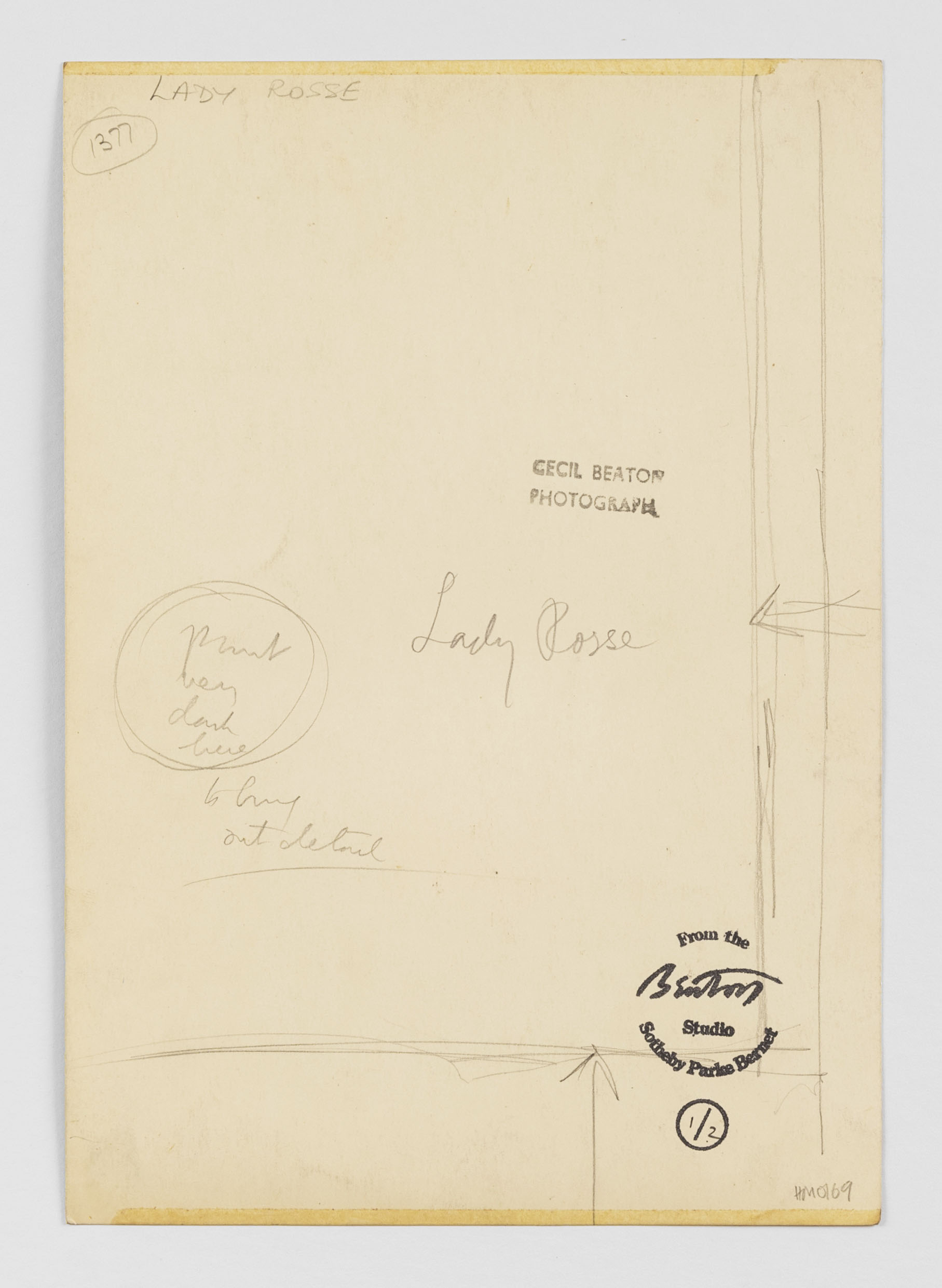
While vintage is usually the most desirable option, they require a degree of connoisseurship to buy with confidence. To help determine this, auction houses and galleries will usually provide a detailed description of the print’s provenance, including information about the photographer, the date the negative was created, and the date the print was made. They may also describe the practical and material processes, or any other notable features of the print.
In some rare instances, you may find that a vintage print is not always the most desirable option. Ansel Adams’ work presents a good example of this anomaly. Given his fame, you would expect a vintage Adams’ to be one of the most collectable photographs going. However it is widely acknowledged that his Parmelian prints from the 1920s hold much less value than his later prints. Adams’ used the term “Parmelian” to describe his unique variation of the silver gelatin printing process, using extremely thin paper. Unfortunately the impermanence of the Parmelian process has become clear over the past century, and quality has diminished. Today these prints are described as ‘vintage’, but are sold for a significantly lower value than his famous prints from the 1960s, 70s or 80s. These later prints are incredibly sought-after, as their larger format suits the grandeur of the content. This is heightened by the exquisite tone and detail found in later silver gelatin prints.
Ultimately, the term “vintage print” is somewhat subjective and can vary depending on the context and the specific photograph in question. However, in general, a vintage print is a photograph that is considered to be an original print made close in time to the creation of the negative, using traditional darkroom techniques.
